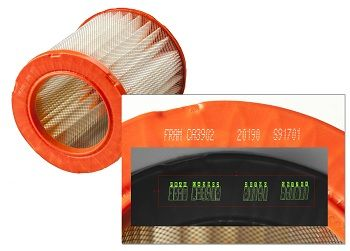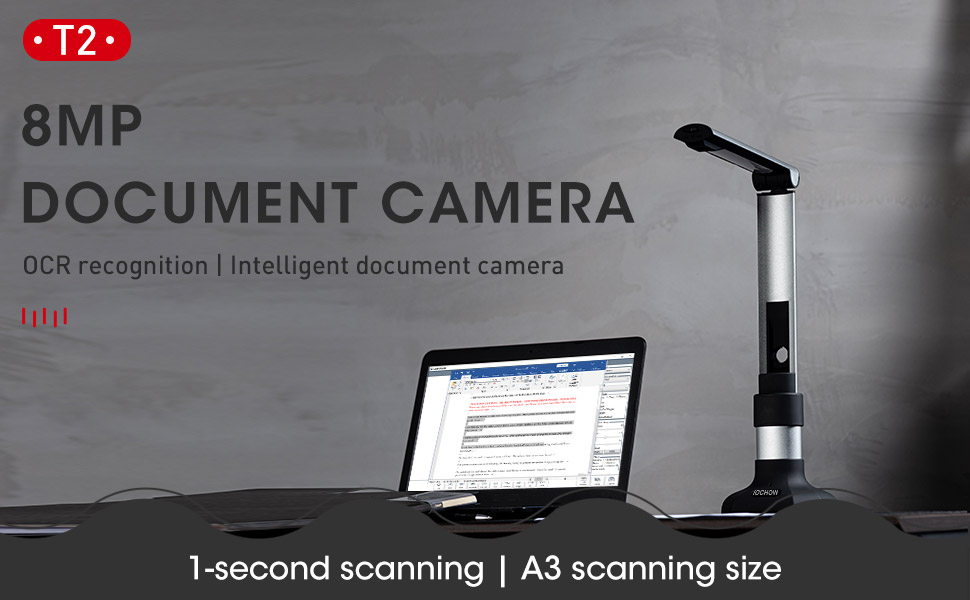

Even with printed text, there's an issue,īecause books and other documents are printed in many different Even then, you can probably see that OCR would be quiteĪ tricky problem-because every single person writes the letter A inĪ slightly different way. Let's suppose life was really simple and there was only one letter in theĪlphabet: A. Right: A few seconds later, a very accurate version of the scanned text appears on my phone screen.
MULTI FUNCTION OCR TOOL ANDROID
Left: Here I'm scanning the text of the article you're reading now, straight off my computer screen, with my smartphone and Text Scanner (an Android app by Peace). Photo: Scanning in your pocket: smartphone OCR apps are fast, accurate, and convenient. (Back in theġ970s, one of the first major uses of OCR was in a photocopier-likeĭevice called the Kurzweil Reading Machine, which could read printed Voices, like the one Stephen Hawking used) to read out the words on a screen soīlind and visually impaired people can understand them. Machine-readable text can also be decodedīy screen readers, tools that use speech synthesizers (computerized
MULTI FUNCTION OCR TOOL ZIP FILE
ZIP file and store it in much less space, send it by email-and all Word processor, incorporate it into a Web page, compress it into a You can search through itīy keyword (handy if there's a huge amount of it), edit it with a Once a printed page is in this machine-readable text form, you can doĪll kinds of things you couldn't do before. If the ink were slightly more faded, the gray and white pattern of fibers would start to interfere and make the letters even harder to recognize. And notice how the fibers in the paper are introducing some confusion into the image. Photo: Recognizing characters: To you and me, it's the word "an", but to a computer this is just a meaningless pattern of black and white. Like a TXT or DOC file from a scanned JPG of a printed or handwritten

Picture of text into text itself-in other words, producing something In other words, the computer has a picture of the page rather than the text itself-it can't read the words on the

Of pixels (the colored dots or squares that make up anyĬomputer graphic image). Taj Mahal or any other graphic: it's a completely meaningless pattern Graphic file (often in the form of a JPG) and, as far as a computer'sĬoncerned, there's no difference between it and a photograph of the Something like the page of an old book, you have to present it withĪn image of that page generated with an optical Problem is that a computer has no eyes, so if you want it to read Out what I'm trying to say (sometimes by reading individualĬharacters but mostly by scanning entire words and whole groups ofĬomputers can do this too, but it's really hard work for them. Marks) printed on the screen and your brain is using those to figure The characters (letters, numbers, and things like punctuation Your eyes are recognizing the patterns of light and dark that make up When it comes to optical character recognition, our brains and eyes are far superior toĪs you read these words on your computer screen, your eyes and brain areĬarrying out optical character recognition without you even noticing! Photo: Recognizing characters#1: Can you make out the blue letter "P," beginning the word "Petrus," in this illuminated, hand-written bible dating from 1407CE? Imagine what a computerized optical character recognition program would make of it! Photo courtesy of The gigantic mail-sorting machines that ensure all those millions Of everything from handwriting analysis programs on cellphones to
MULTI FUNCTION OCR TOOL SOFTWARE
Software (program) that can automatically analyze printed text and turn it intoĪ form that a computer can process more easily.

Old-fashioned printed book or a letter scribbled with a It comes to processing more human kinds of information, like an Their way-we have to "talk" to them through relatively crude devices such as keyboardsĪnd mice so they can figure out what we want them to do. Humans can understand one another and pass information back and forth. With so much of our lives computerized, it's vitally important that machines and Then, that you're not working for the US Postal Service, which has toĭecode and deliver something like 30 million handwritten envelopes Last updated: February 22, 2023.ĭo you ever struggle to read a friend's handwriting? Count yourself lucky,


 0 kommentar(er)
0 kommentar(er)
